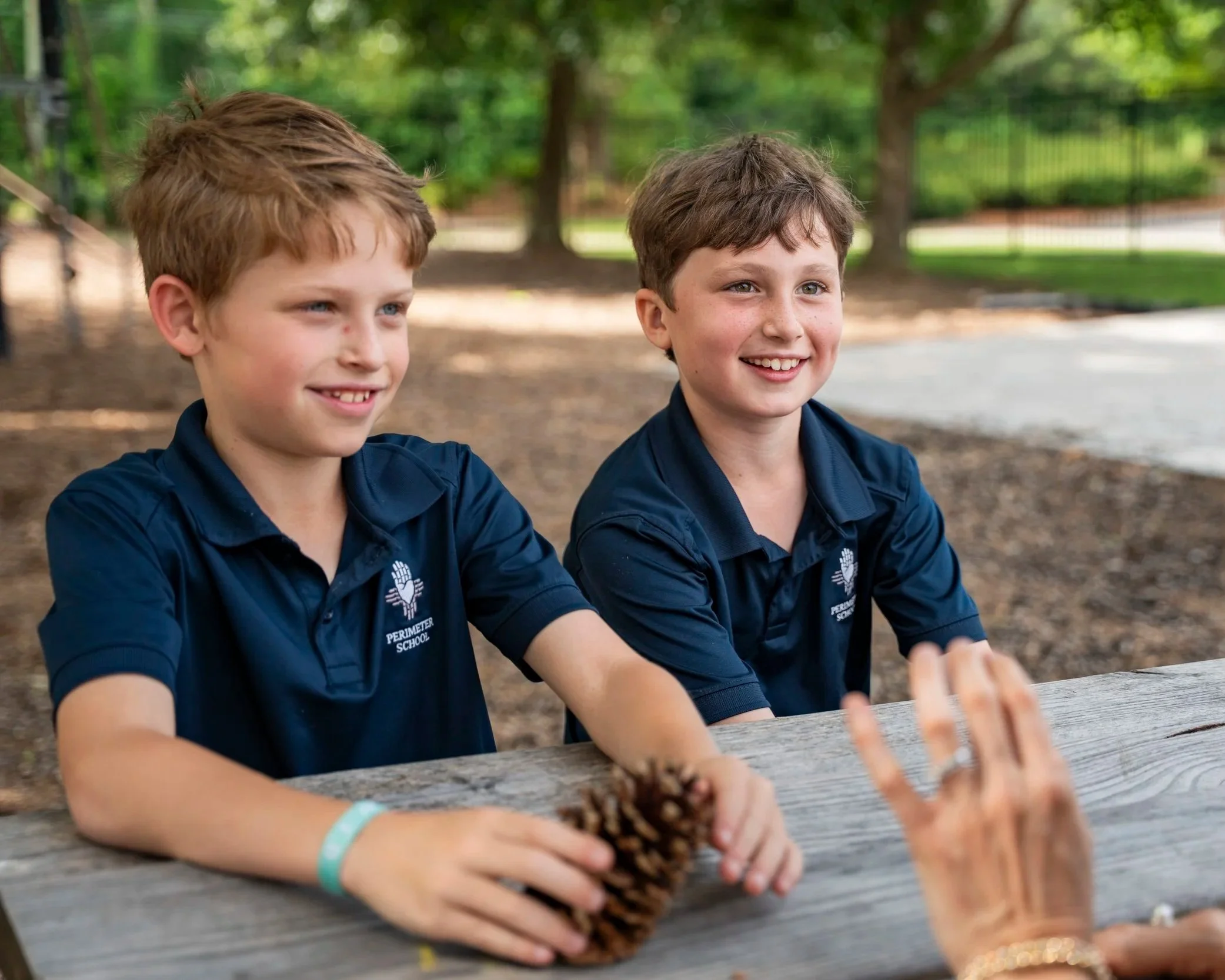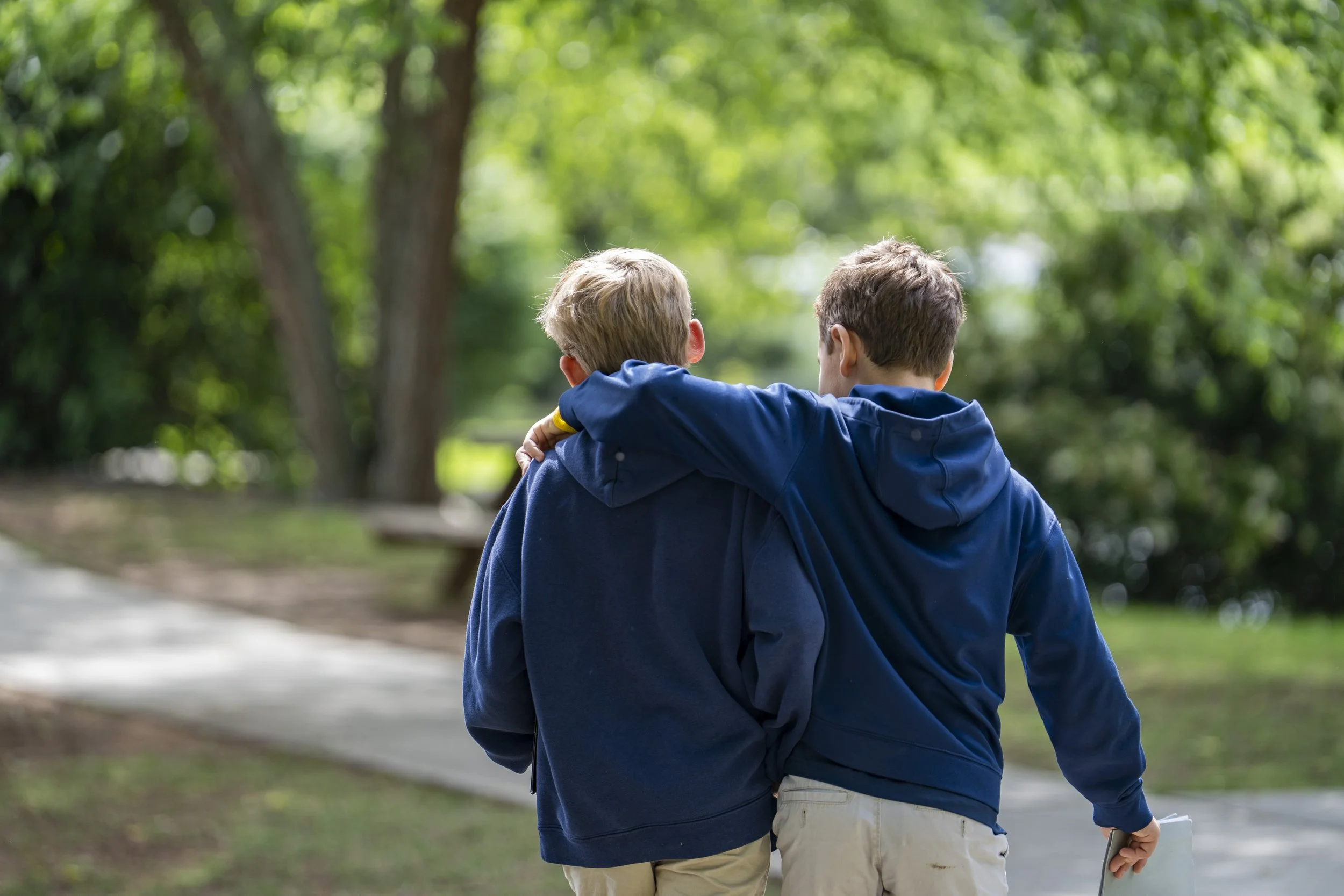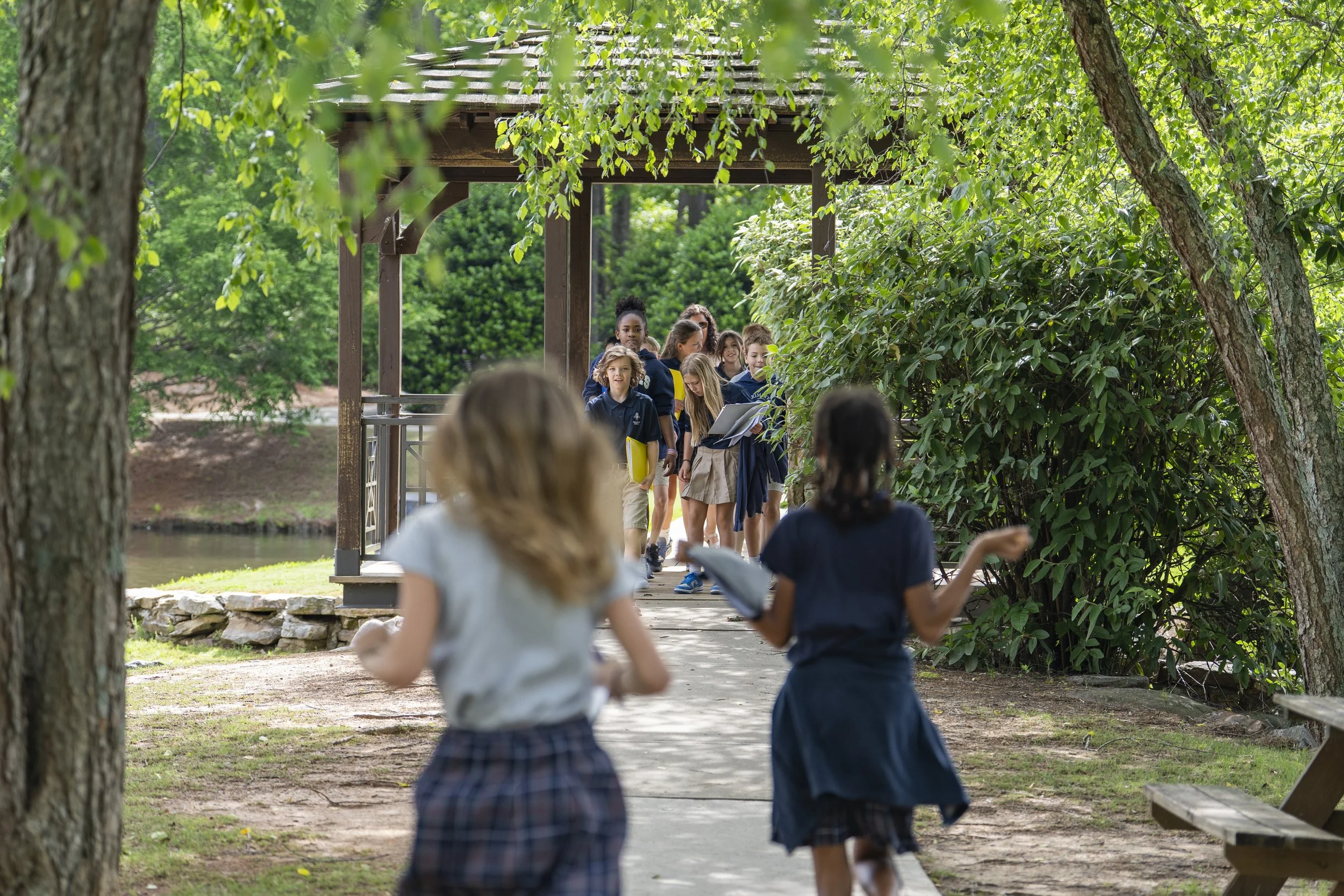A Case for Charlotte Mason Education
we continue to stand on the tried and true foundations of learning.
By David Goodrich, Middle School Principal
“What has been is what will be, and what has been done is what will be done, and there is nothing new under the sun.”
Ecclesiastes 1:9
how can we impart knowledge?
Educational researchers are continually leaning on the scientific community to explore and research new and creative ways to impart knowledge, reason, and understanding into the lives of students. Over the last decade, great strides have been made in neurological and cognitive sciences, which have produced a wealth of information on the intricate workings of the brain. Nonetheless, educators and curriculum designers are struggling to translate this research into the instructional process.
Dr. Mariale Hardiman, Professor and Vice Dean of Academic Affairs and Director of the Neuro-Education Initiative at John Hopkins University, has created the Brain-Targeted Teaching Model, a comprehensive model that helps teachers balance neurological discoveries with high-yield instructional practices.
In her model, she presents “six stages” of instruction that are supported by neurological research and are being cited as a breakthrough for teaching and learning. These six stages are:
Climate for Learning
Learning Environment
Learning Experience
Content and Concepts
Applying Knowledge
Brain-Targeted Teaching
A case for charlotte mason education
Do these teaching strategies sound familiar? Upon closer examination, these methods seem closely aligned with those of Charlotte Mason. This fact should provide our community at Perimeter School with reason to celebrate and reason to have continued confidence in our curriculum.
Over the years, this school has remained true to its purpose, values, and covenant community. As we read in Ecclesiastes 1:9, “What has been is what will be, and what has been done will be done, and there is nothing new under the sun.” The call to covenant education stands as the bedrock of our history and has been supported by Charlotte Mason’s educational philosophy.
Mason saw education as a “science of relations” and believed that every child was an individual person. Her philosophy required a student-focused approach to teaching and learning. She believed that education should focus on the disciplines of “habit,” provide students with an “atmosphere of the home,” create a climate of mutual trust and respect, and create a deep and abiding love for the created world through classical literature, art, music, and endless exposure to God’s creation.











Be encouraged to lead your children toward a life of knowing and loving stories—listening, reading, writing, illustrating, and experiencing them in their own unique ways.